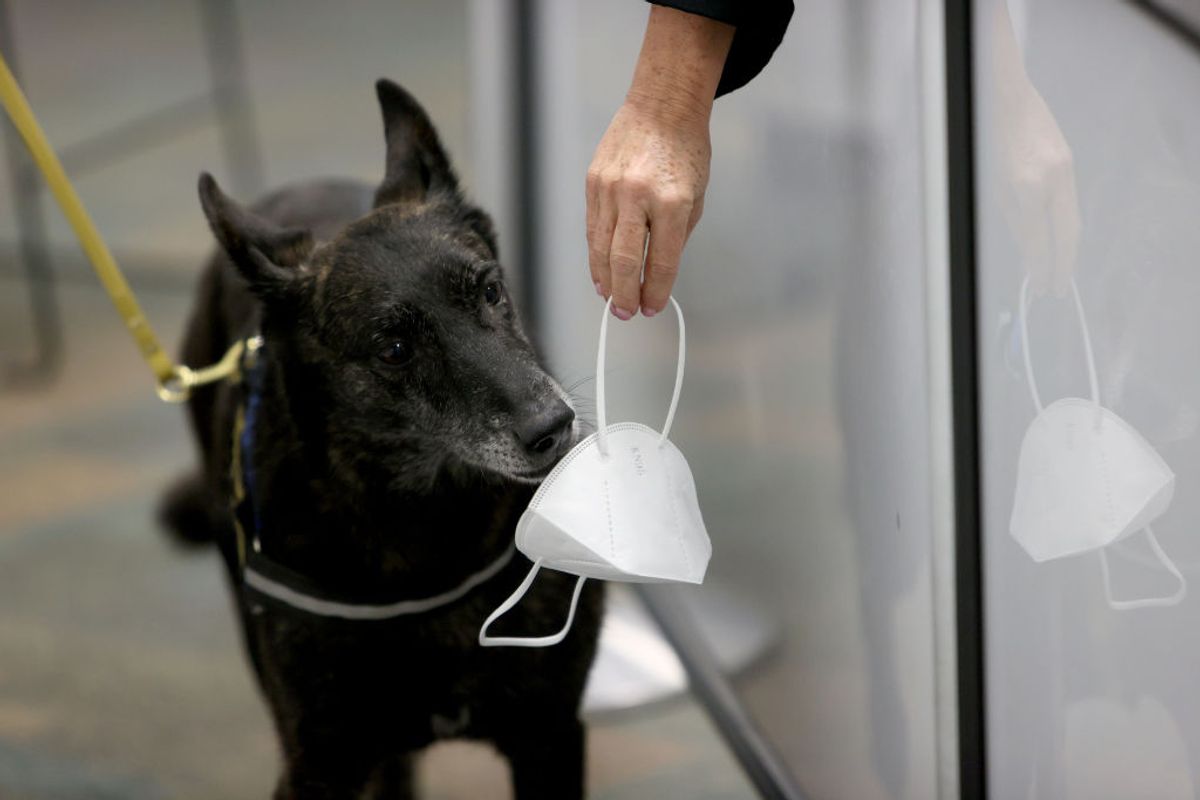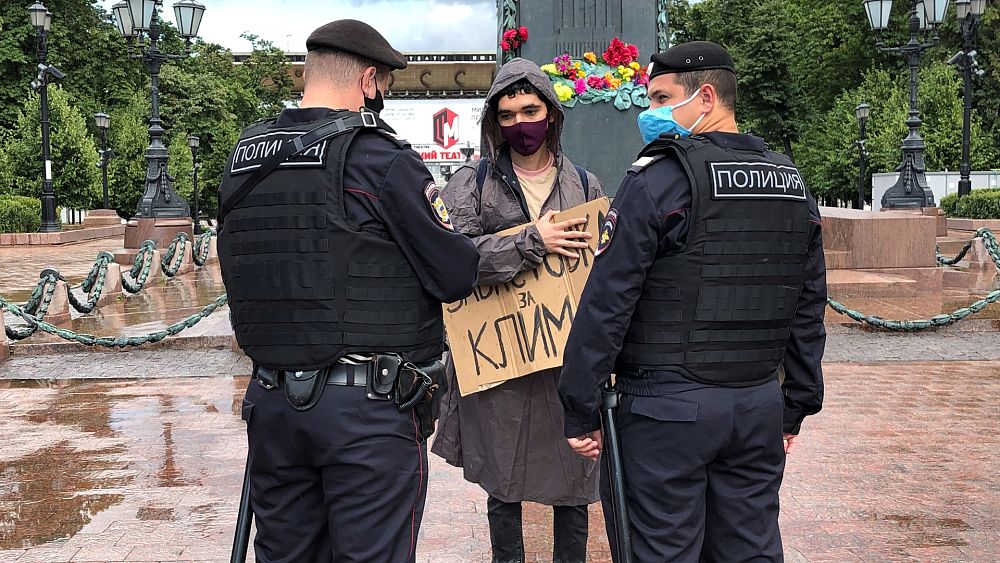Miami Airport dogs are trained to sniff COVID-19. this is how it works
Miami has officially become the first city in the United States to use COVID-19-smelling dogs at an airport to prevent the spread of the coronavirus.
Two dogs – a Belgian Malinois named Cobra and a Dutch Shepherd named One Betta – are currently present at the employee security checkpoint. Expression dogs do not check COVID-19 passengers for passengers, but employees as part of a pilot program that has been extended until October. Their noses are a crucial weapon in the fight against COVID: right now, the state of Florida is once again at the end of a deadly rise in COVID-19.
By Miami Herald, Both dogs, who work Monday, Wednesday, and Friday from 11 a.m. to 3 p.m., spotted at least two cases together since last week.
Want more health and science stuff in your inbox? Subscribe to Salon’s weekly newsletter Vulgar Scientist.
“This pandemic has forced us to innovate to stop the spread,” said Daniella Levine Cava, Mayor of Miami-Dade County. “We are proud to do our best to protect our residents. I look forward to the airport testing their skills and extending the pilot program to other facilities in the province.”
According to reports, two dogs are able to detect COVID-19 in humans with an estimated 99% accuracy. While the paper sounds incredible, the logistics of such an act are a bit confusing. Viruses, like the coronavirus, are incredibly small and do not produce odor alone.
So how do dogs “smell” something so small and odorless?
It turns out that when a person is infected with COVID-19 or any disease, it causes changes in metabolism that lead to the production of volatile organic compounds (VOCs). VOCs are often associated with man-made chemicals and are removed from the gases from certain drying paints and varnishes. But volatile organic compounds also smell like fragrances and are also released by animals and plants.
Certain VOCs are eliminated from human respiration and sweat when they have COVID-19, and dogs can be trained to detect such odors.
“Scatter detection dogs can accurately detect low levels of volatile organic compounds, otherwise known [sic] As VOCs associated with various diseases such as ovarian cancer, bacterial infections and nasal tumors, ” said Cynthia Otto, director of the center and professor of work school sciences and sports medicine. “These VOCs are present in human blood, saliva, urine or respiration.”
A typical exercise uses different samples of these body fluids. If the dog correctly shows a sample that was positive for the disease, the dog will get a treat. It is similar to how dogs have been trained in the past to detect other diseases in humans, such as cancer.
“Being able to apply decades of research in this way to provide additional protection for employees at Miami International Airport – it’s humiliating,” said Dr. Kenneth G. Furton, a provost at the Money Laundering Investigation Center and a professor of chemistry and biochemistry. “These dogs are another valuable tool we can use to help us live with this ongoing pandemic.”
To date, a couple of studies have shown that dogs can successfully smell COVID-19 in humans, but the accuracy varies frequently, and not all have been peer-reviewed. According to a pilot study published in the peer-reviewed journal BMC Infectious Diseases, eight dogs were trained for 1 week to detect saliva or tracheobronchial secretions from SARS-CoV-2-infected patients. The study was randomized, double-blind, and controlled. Dogs were able to distinguish between samples from COVID-19-infected and samples from those that had not been infected. The detection rate in dogs was 94% of the 1012 randomized samples. The authors of the study found that the data were very promising.
Humans have been harnessing the power of a dog’s nose for centuries. Unlike human noses, which have 5-6 million odor receptors, dogs have 300 million odor receptors in their noses. This allows dogs to detect very small odors that humans cannot detect. Working dogs have already proven successful in sniffing firearms, drugs and explosives.
But how useful are dogs in the Battle of COVID-19?
“Nobody says they can replace PCR [Polymerase Chain Reaction] machine, but they can be very promising “, Veterinary neurologist Holger Volk from the University of Veterinary Medicine in Hanover, Germany told Nature. Polymerase chain reaction (PCR) equipment is used in laboratory settings to test DNA.
Miami is not the only city in the world that relies on COVID-19 detection dogs.
In August 2020, police in Dubai sent 38 hawk dogs to sniff out COVID-19 human sweat samples. The dogs were also used at the arrival hall at Helsinki-Vantaa Airport, where passengers were asked to wipe their skin and place a towel in a cup, which the dogs then smelled. If the result was positive, the passenger will be directed to the health information station of Helsinki University Hospital. The Helsinki authorities considered the process not only efficient but also budget-friendly.
“PCR test costs about 4 million euros a month and smells less than 100,000 euros” said Anna Hielm-Bjorkman from the University of Helsinki, Docent in Animal Clinical Research.




